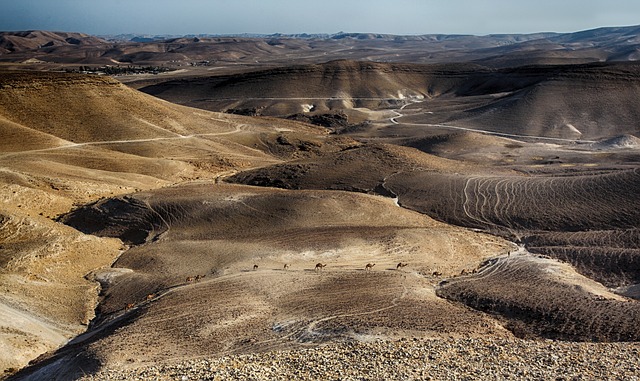
Iran's Missile Barrage on Israel: A New Era of Missile Warfare?
The recent barrage of missiles launched by Iran against Israel has raised serious concerns about the efficacy of Israeli and US air defense systems. Iran's attack on Tuesday, which employed a significant number of ballistic missiles, including the Fattah 1, a missile designed to evade air defense systems, represents a potential shift in the dynamics of the Middle East conflict. This attack, following a similar but larger assault in April, has thrust the region into a new era of missile warfare. The Fattah 1, touted by Iran as capable of circumventing air defense systems, marks a significant advancement in Tehran's missile program. While Israel boasts some of the world's most sophisticated air defense systems, the Fattah 1's success in evading interception raises questions about the resilience of these systems against the evolving threats posed by Iranian missile technology.
Examining the Iranian Arsenal
Iran's missile arsenal is renowned for its size and diversity, encompassing a wide range of ballistic missiles, some capable of striking targets over 1,240 miles away. These missiles, honed over the past 15 years, exhibit enhanced precision, guidance, and aerodynamics, making them formidable weapons.
"Iran's missile program is among the largest and most diverse in the Middle East. Its missile production has surged over the past 15 years, as it has significantly improved the weapons' precision, guidance and aerodynamics technology."
The Fattah 1, a relatively new addition to Iran's arsenal, is believed to have incorporated features designed to counter traditional air defense systems. Its maneuvering warheads can alter their trajectory in flight, adding an element of unpredictability that can challenge interception efforts.
A Comparative Analysis
The following table compares the key aspects of Iran's missile attacks in April and Tuesday's assault:
Characteristic | April Attack | Tuesday's Attack |
Type of Missiles | Ballistic missiles, cruise missiles, drones | Ballistic missiles |
Number of Missiles | Over 120 ballistic missiles, 30 cruise missiles, 170 drones | Around 200 ballistic missiles |
Missile Defense Systems Used | Arrow 2, Arrow 3, US Navy destroyers SM-3 interceptors | Arrow 2, Arrow 3, US Navy destroyers SM-3 interceptors |
Impact on Israeli Infrastructure | Limited damage to an Israeli air force base | "A few hits" on an unidentified Israeli air force base |
Fattah 1 Use | Not deployed | Potentially deployed |
The Challenges of Missile Defense
While Israel's Arrow 2 and Arrow 3 systems proved effective in intercepting a significant number of missiles in both attacks, the successful penetration of some missiles highlights the challenges of defending against a barrage of ballistic missiles. The rapid trajectory of ballistic missiles, capable of reaching targets in minutes even from long distances, significantly reduces reaction time for air defenses. The unpredictable nature of some missiles, like the Fattah 1, further complicates the task of interception.
A New Landscape of Conflict
Iran's missile attacks on Israel signal a shift in the conflict's dynamics. The increasing sophistication of Iranian missile technology, the reliance on ballistic missiles, and the potential deployment of evasion-capable missiles like the Fattah 1 all point to a new era of missile warfare in the Middle East. The future of the conflict, and the effectiveness of air defenses against the growing threat posed by Iranian missiles, will depend on the development of new technologies and strategies. The stakes are high, and the world is watching closely to see how this new era of missile warfare unfolds.
Space for advertisement
INTERNATIONAL RELATIONS
Oct 25, 2024
Iran's Missile Barrage on Israel: A New Era of Missile Warfare?
Iran's missile attack on Israel: Did the Fattah 1 evade defenses?









